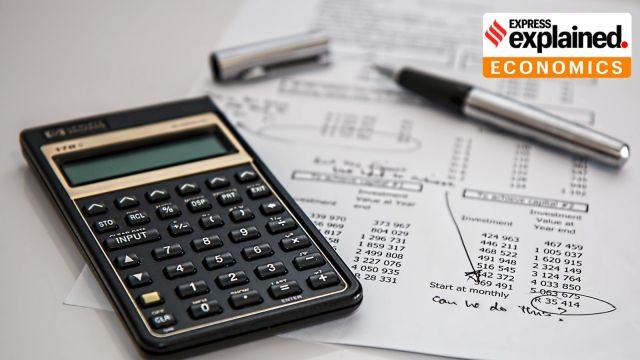



Governments revise GDP base years and methodologies to accurately reflect economic changes, incorporating new industries, data, and international standards. India’s 2026 revision, shifting the base to 2022-23, is crucial for credible macroeconomic data, especially as India nears third-largest economy status, impacting global investor confidence and domestic policymaking.

Copyright infringement not intended
Picture Courtesy: INDIAN EXPRESS
India to revise GDP base year to 2022–23 by 2026.
It measures the total monetary value of all final goods and services produced within a country's borders during a specific period, usually a year.
It is the principal indicator used to measure the health and size of a country's economy. To ensure this measurement is accurate and reflects the true state of the economy, governments periodically revise the methodology and the 'base year' for its calculation.
The Ministry of Statistics and Programme Implementation (MoSPI) has initiated the process to revise key economic indicators.
Economies are dynamic. Over time, the relative contribution of different sectors changes. A new base year helps to accurately represent the current structure, including the rise of new sectors like the digital economy and gig economy.
GDP can be measured at current prices (Nominal GDP) or constant prices (Real GDP). Revising the "base year" provides an updated set of constant prices, which helps in calculating 'real' economic growth by removing the distorting effect of inflation. This allows for a meaningful comparison of economic performance over time.
Revisions provide an opportunity to include new and more comprehensive datasets and align with the latest international guidelines, such as the UN System of National Accounts (SNA). For the upcoming revision, the Government will include data from the Goods and Services Tax Network (GSTN), digital payment portals, and updated surveys, leading to more precise estimates.
The goods and services people consume and the way industries produce them change over time. A revision updates the basket of goods and services included in the calculation, making the GDP figures more representative of the current reality. Outdated items are removed and new ones are added.
Must Read Articles:
Latest GDP Estimates about Economy
Source:
|
PRACTICE QUESTION Q. "Economic growth without equitable distribution leads to social unrest." Critically analyze. 150 words |









© 2026 iasgyan. All right reserved